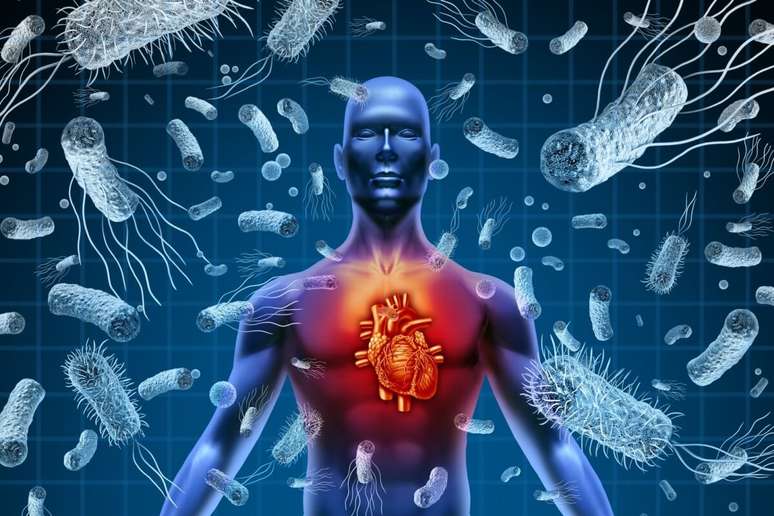Doctor explains how prompt and appropriate intervention can save lives and minimize complications from widespread infection
Sepsis, also known as a generalized infection, is a severe inflammatory reaction of the body to an infection, which can lead to multiple organ failure and death if not treated quickly. World Sepsis Day, observed on September 13, seeks to raise awareness of the urgent need for awareness, early diagnosis, and effective treatment of this condition.
Every year, sepsis affects between 47 and 50 million people worldwide, causing approximately 11 million deaths, or one death every 2.8 seconds. In Brazil, the mortality rate among diagnosed patients is approximately 40%, reaching up to 65% in the most critical cases.
Symptoms of sepsis
According to Dr. Flavia Ribeiro Machado, general coordinator of Latin American Sepsis Institute and professor at the Escola Paulista de Medicina, sepsis can affect any organ, making its symptoms varied and difficult to identify.
“In addition to the common symptoms of infection, such as painful urination and cough with fever, signs of sepsis include mental confusion, drowsiness, agitation, dizziness, extreme weakness, shortness of breath, and decreased urine output,” explains doctor Flavia Ribeiro Ax. These signs indicate that the infection is affecting the functioning of the organs, requiring immediate attention.

Diagnosis of sepsis
Early diagnosis of sepsis is essential to increase the chances of survival, being essentially clinical and dependent on the ability of health workers to recognize organic dysfunctions.
“The diagnosis is confirmed complementary examssuch as blood tests and microbiological cultures, which help identify the infectious agent responsible for organ malfunction,” explains Dr. Flavia Ribeiro Machado.
Treatment of generalized infection
The effectiveness of treatment is directly related to this early recognition. “Treatment should be started immediately after diagnosis and includes tests to evaluate blood circulation and oxygen supply to tissues, as well as the rapid administration of antibiotics, which are the cornerstone of treatment,” the doctor reiterates. Additional measures may be necessary, such as serum replacement and drugs to maintain blood pressure, as well as ventilatory support for patients with pulmonary failure.
Prevention of sepsis
Although anyone can develop sepsis, certain groups are more vulnerable, including infants, young children, the elderly, immunocompromised people, cancer patients, transplant patients, and obese people. The doctor cites behaviors that help prevent severe cases:
“Vaccination, hygiene care and basic sanitation are essential to prevent sepsis in the community, while in hospitals prevention should focus on avoiding hospital-associated infections, remembering that hospital infections can result both from the frailty of patients and from the lack of adequate care,” he stresses.
Patient rehabilitation
Those who think that sepsis ends when the patient leaves intensive care are mistaken. Early rehabilitation and continued care after discharge from hospital are essential to minimize physical, cognitive and psychological consequences. “The rehabilitation process must begin in intensive care, with physiotherapy and care by the multidisciplinary team, and continue after discharge, with monitoring to adjust chronic medications and surveillance against new septic events”, underlines Dr. Flavia Ribeiro Machado.
Sepsis awareness, from prevention to treatment and rehabilitation, is essential to reduce mortality and improve the quality of life of survivors. With the right knowledge and approach, lives can be saved and complications from this serious health condition can be minimized.
By Vanessa Fagundes
Source: Terra
Ben Stock is a lifestyle journalist and author at Gossipify. He writes about topics such as health, wellness, travel, food and home decor. He provides practical advice and inspiration to improve well-being, keeps readers up to date with latest lifestyle news and trends, known for his engaging writing style, in-depth analysis and unique perspectives.









